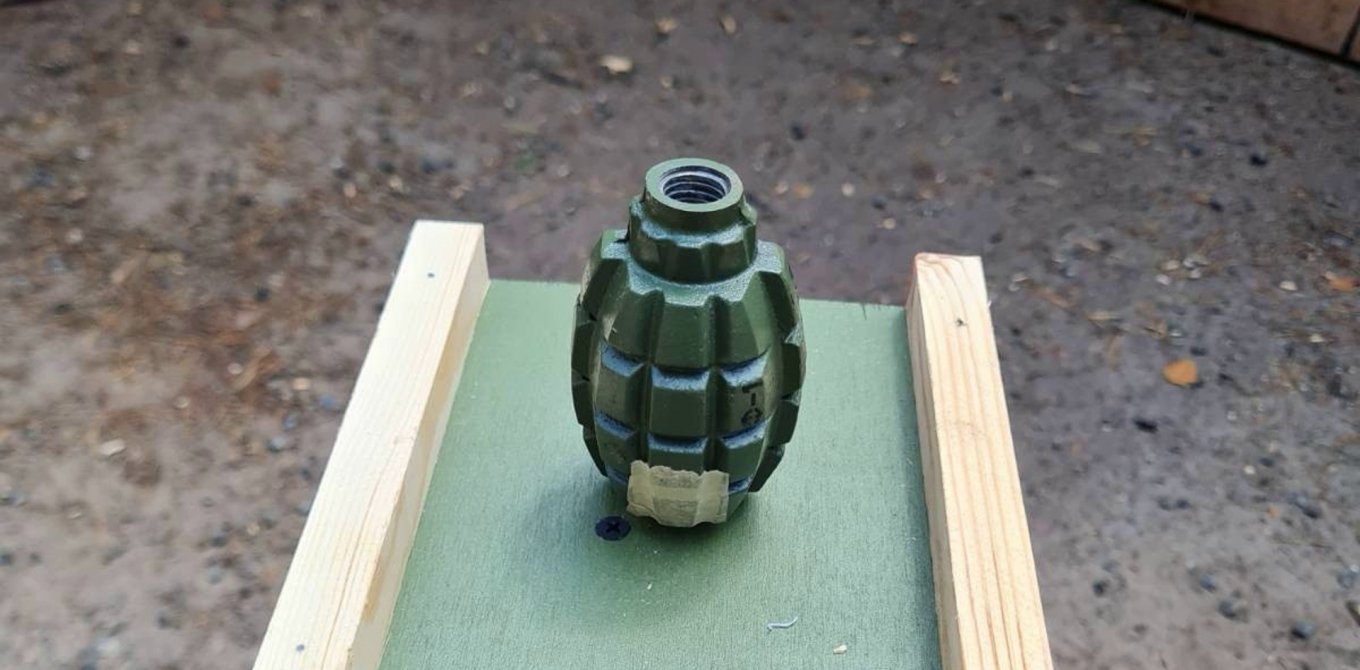First domestic production of hand grenades was successfully launched in Ukraine, the national Ministry of Defense reported. Mass-produced analogs of the Soviet F-1 and RGD-5 grenades have been codified and approved for use in the armed forces.
What it means is that these products are not just produced, but have already passed the necessary tests, and their supply to the army has commenced. Of course, no production details are disclosed for the safety of the gunsmiths.
Read more: How Much Does a Regular Modern Anti-Personnel Hand Grenade Cost Now?

The very fact that Ukraine managed to establish indigenous hand grenade production for the first time is an important indicator of the effectiveness of this country's domestic defense industry, especially considering that the increase in volumes and mastering new products continues despite the russian systematic long-range attacks targeting critical and defense infrastructure.
The F-1 is a hand-thrown defensive anti-personnel grenade, while the RGD-5 is an offensive one. This pair of hand grenades is a timeless classic and is well-known to any Ukrainian since basic military education classes in school, along with the layout of the Kalashnikov assault rifle.
Moreover, the origins of the F-1 trace back to 1915, because this product, adopted by the USSR in 1928, is based on the French F-1 grenade of the World War I era with several successive replacements of the fuse and minor changes to the body. In turn, the Soviet F-1 inspired many grenades around the world, including the American Mk 2.
As for the RGD-5, it was adopted by the Soviets in 1953 and still exists in its unchanged form. The main difference from the F-1 is its lower weight and smaller area of fragmentation damage.

These details raise a logical question: wouldn't it be more practical to start off making modern grenades instead? For example, just before the USSR collapsed, the RGN and RGO grenade types appeared, with their more versatile fuze combining both impact and time delay trigger functions.
Alternatively, there are Western products like the latest models of the Spanish Alhambra D/O (M2) with its unique mechano-electronic fuze and an optional coating affix that turns a defensive type into an offensive one by adding an extra layer with fragmentation.

However, besides being compatible with existing fuses and simply more familiar to the soldiers, the F-1 and RGD-5 are much easier to manufacture, and generations of arms engineers put in their efforts to simplify and optimize this process to the maximum. This converts into the shorter timeframe of establishing mass production and increasing the volumes — all the key necessities for a country at war of attrition.
Read more: Price of Ammunition to Ukraine Under the Czech Initiative and Other Details Disclosed For the First Time














